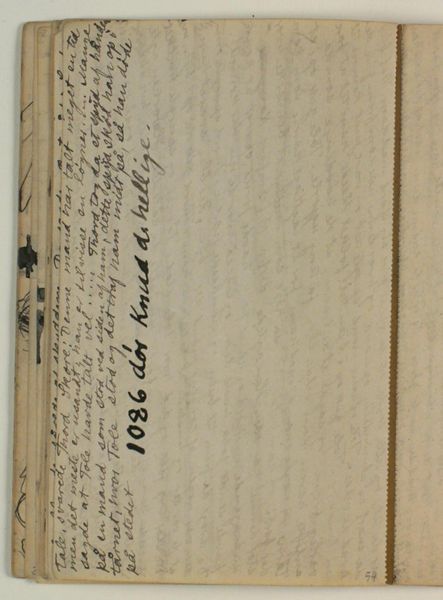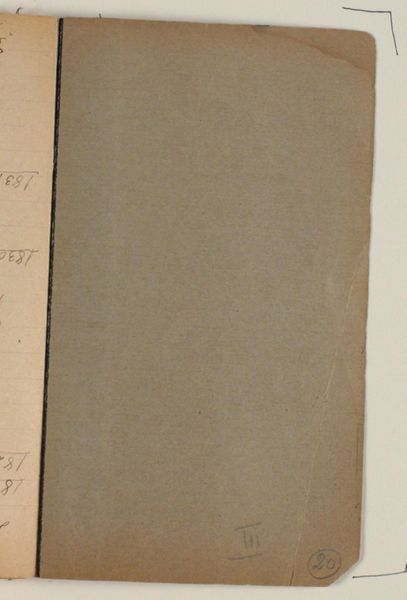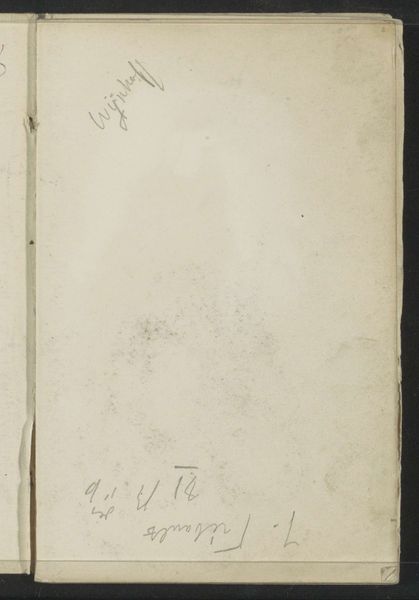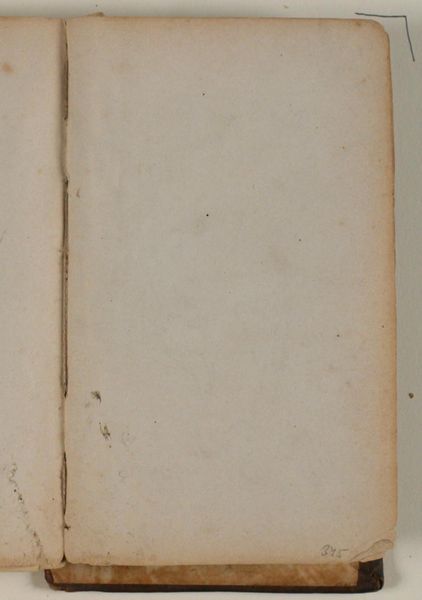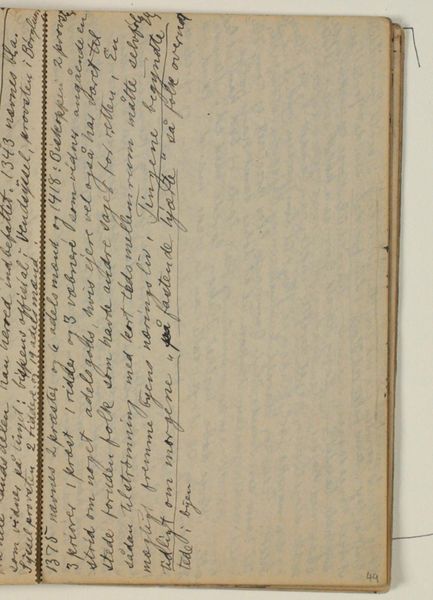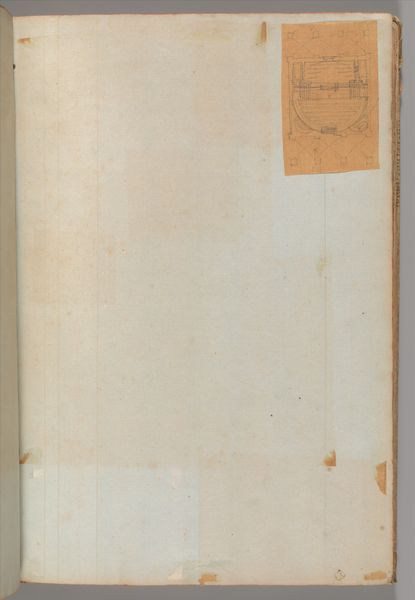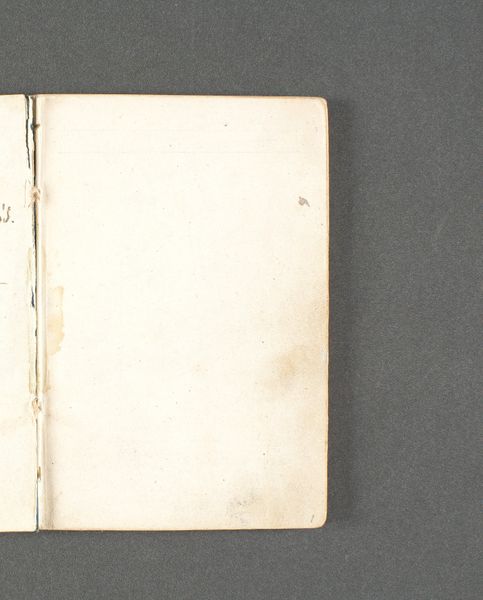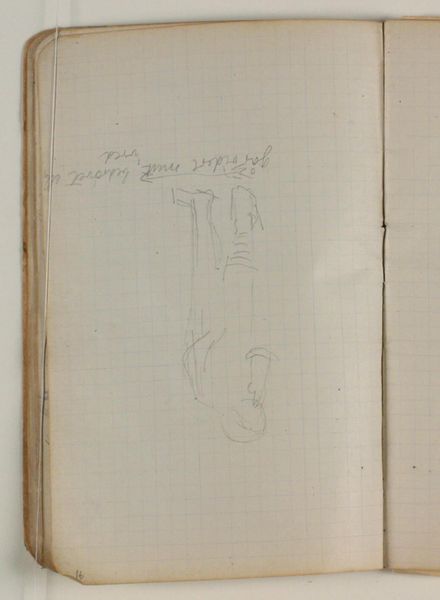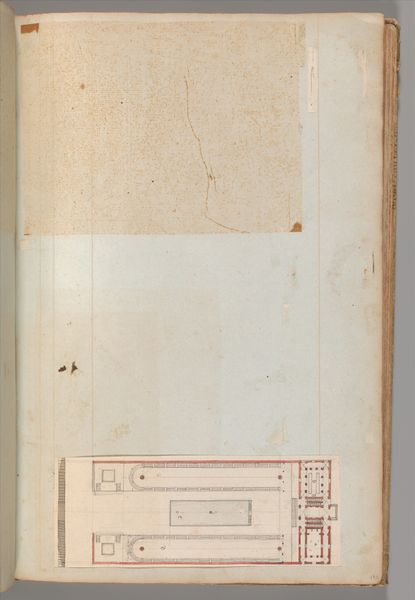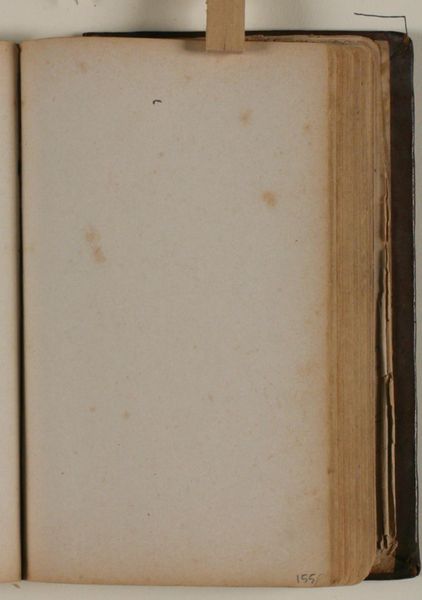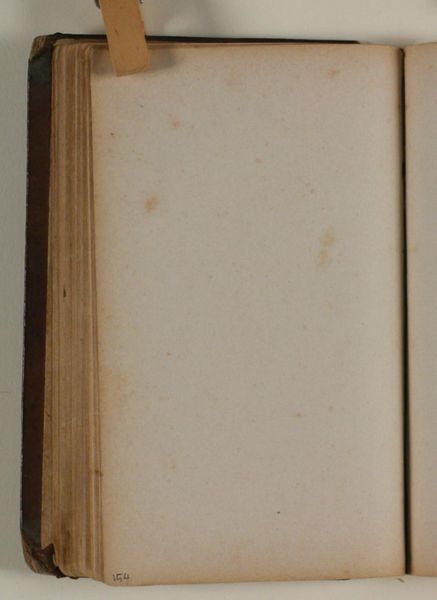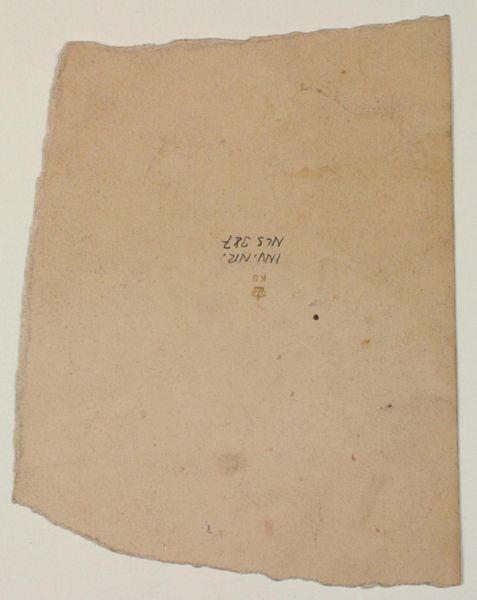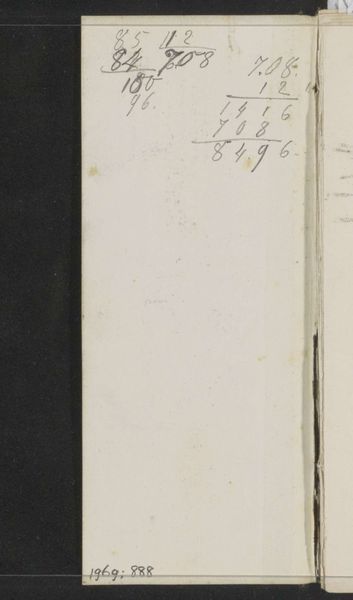
drawing, paper, pencil
#
drawing
#
paper
#
pencil
Curator: Looking at this work, "Notat" by Niels Larsen Stevns, made between 1932 and 1935 and currently housed at the SMK, it strikes me as an intimate glimpse into the artist’s process. Editor: The first thing that hits me is the quietness of the piece. The pencil on paper feels almost like a whisper, hinting at something ephemeral. You can practically smell the aged paper. Curator: Indeed, its creation coincided with a period of significant social and economic upheaval. Stevns, while perhaps not directly addressing those issues, certainly existed within them. You see an artist engaging with his immediate surroundings—the world contained within his own personal notebook. Editor: I find myself drawn to the materiality of the piece. The deliberate choice of humble materials – pencil and paper – speaks to the work's accessibility. It feels less like a precious object and more like a working document, revealing the labour behind the finished artwork. It emphasizes that the means of making this kind of "high" art don't have to be precious or grand. Curator: It certainly does humanize the artistic process. I also think it prompts us to consider the status of drawings within an artist's broader body of work. They often serve as studies, preparatory sketches for larger paintings, gaining value when made visible in public collections. This allows scholars to study process. Editor: Right, a direct record of Stevns's labour and method! Plus the inscription visible in the image—'Bisleg-overdokket veranda' which could signify place, perhaps the location of the paper where the note was taken! Curator: Yes, context is always so informative! "Notat," from my perspective, also reflects a shift in the understanding of what constitutes "art" during this time. Editor: Definitely a move toward art rooted in everyday life, revealed through simple, manual labor and honest expression. Curator: It offers a unique and invaluable view of Niels Larsen Stevns' mind, while also making me consider what a culture chooses to celebrate as artworks of public interest. Editor: I am struck again by the medium, and the sense of immediacy created. It highlights how powerful even simple acts of making can be, to inform culture about labor and materiality, as much as history.
Comments
No comments
Be the first to comment and join the conversation on the ultimate creative platform.
